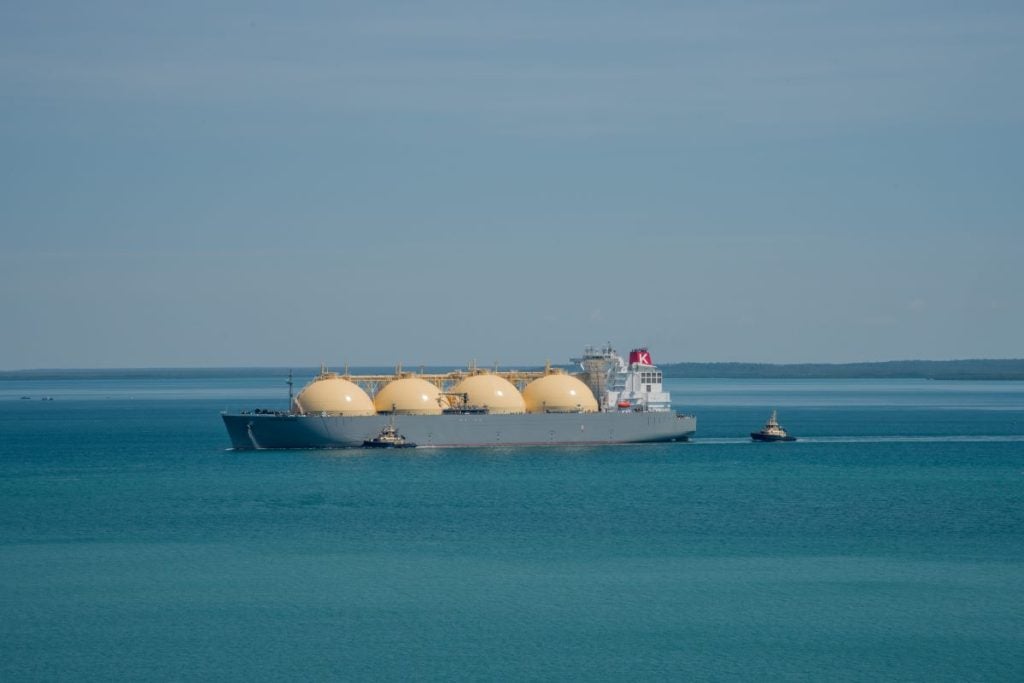Asia will continue to dominate global liquefied natural gas (LNG) regasification capacity additions for the next few years, contributing around 68% of the total capacity additions between 2024 and 2028, said analytics provider GlobalData.
Asia is expected to add total regasification capacity of 20 trillion cubic feet from new build and expansion projects during the period, according to the latest report from GlobalData, Offshore Technology’s parent company.
Bhargavi Gandham, oil & gas analyst at GlobalData, said: “China and India will primarily drive the LNG regasification additions in Asia through 2028, accounting for nearly 60% of the total capacity additions by 2028.”
Meanwhile, growing demand for gas from “industrial and domestic sectors, and the need to increase the share of gas in the energy mix, are driving regasification capacity additions in these countries”.
The report, entitled LNG Regasification Industry by Capacity and Capital Expenditure with Details of All Operating and Upcoming Terminals to 2028, also states that China will dominate LNG regasification additions in Asia through 2028, accounting for nearly 38%.
Zhoushan II is the largest upcoming project in the country, with a capacity of 584 billion cubic feet (bcf), followed by Huizhou, Yantai I and Yantai II, each with a capacity of 487bcf.
GlobalData also identifies India as the second-highest contributor to Asia LNG regasification capacity additions, accounting for around 21% by 2028.
Jaigarh Port in the state of Maharashtra is the country's largest upcoming LNG regasification terminal with a capacity of 390bcf. The project is expected to start operations in 2025, with H-Energy being the designated operator.
Gandham concludes: “Vietnam ranks third in Asia, contributing about 10% of the region’s LNG regasification capacity additions during the outlook period. With a capacity of 487bcf, Vung Tau in the Ba Ria Vung Tau constituency is the largest upcoming regasification terminal in the country and is expected to commence operations in 2028.”
















